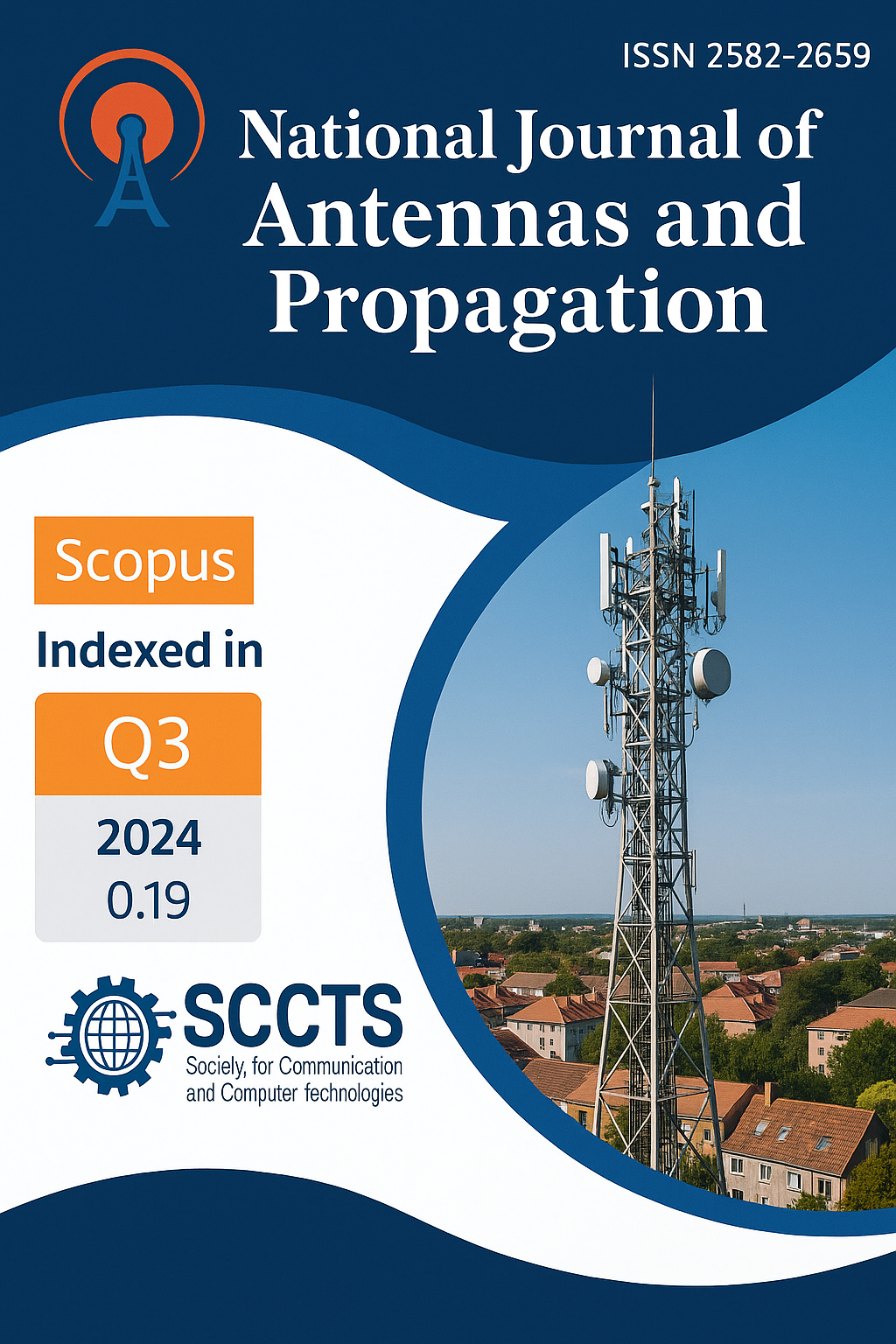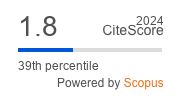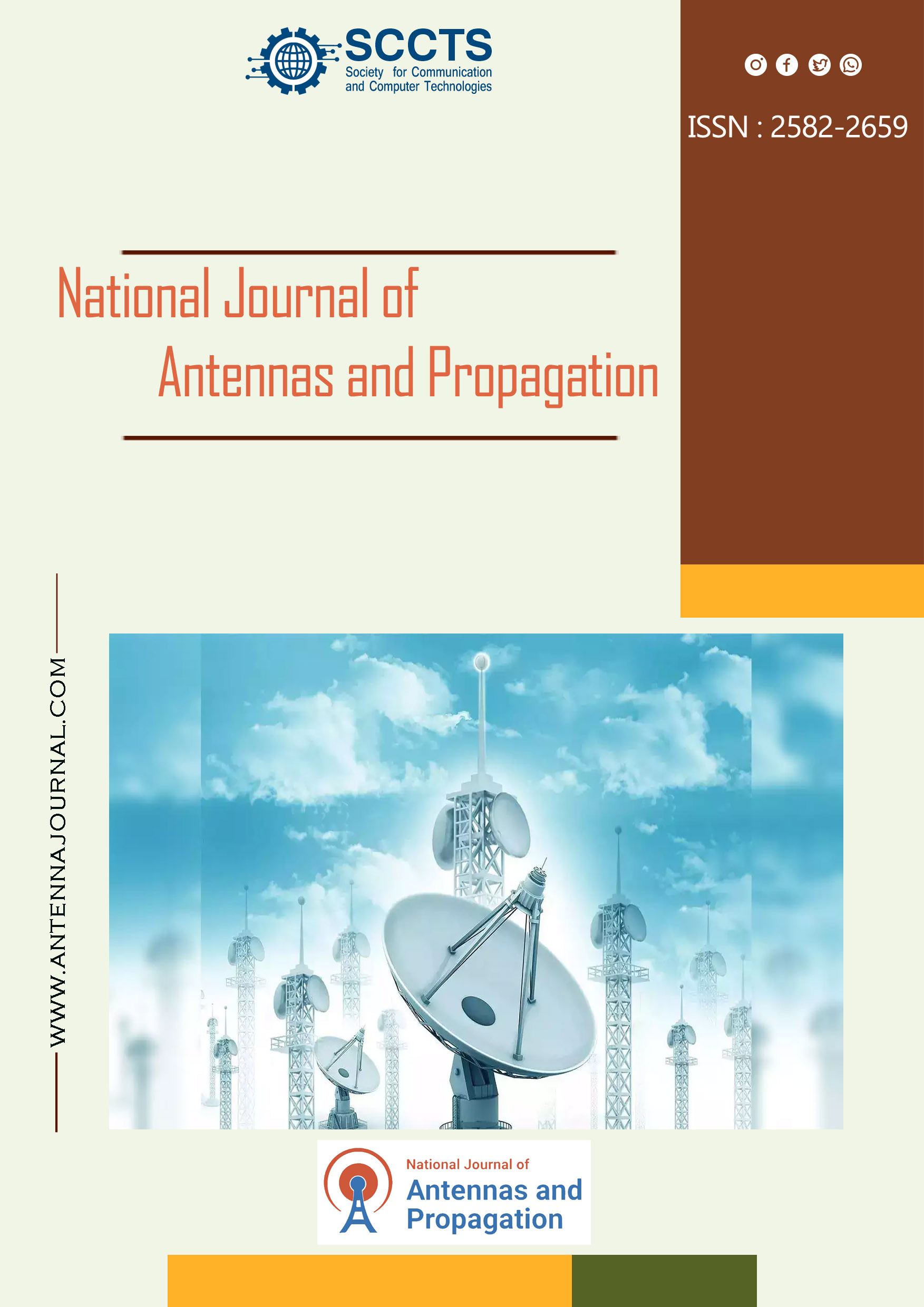Integrated Dielectric Resonator Antenna to Traditional Antenna for Better Bandwidth and Gain
DOI:
https://doi.org/10.31838/NJAP/06.02.02Keywords:
These include: Antenna gain; Bandwidth enhancement; Dielectric resonator antennas; Hybrid antenna design; Wideband communication systems.Abstract
The integration of dielectric resonator antennas (DRAs) with conventional antennas appears to be a suitable technique for enhancing bandwidth and gain in present day communication systems. The dielectric resonators themselves are low loss materials in
the microwave frequency range, possessing properties which improve the performance of antennas. Combined with a more traditional antenna, the patch or dipole, for instance, the capability of the two antennas together simply enhances the features of the two separate sources. DRAs can enhance efficiency, yield wider bandwidth, and optimize radiation patterns compared to conventional antennas, which offer tested structures of consistently performing their tasks. This combination makes it possible to design small sized, high-gain efficient antennas, mainly suitable for applications, which demand a wide operating frequency range, including the 5G, satellite communication technologies, radars, etc. Further, DRAs enable reduction of conductor losses while improving gain
and efficiency, especially when operating at higher frequencies. It also provides a higher degree of freedom in designing the antenna, because the performance can be optimized to meet certain needs like compact size or being multiband. As the requirements for
new generation of complex communication systems with high-gain and wideband antennas continue to increase, this research creates a new concept to integrate the dielectric resonators and conventional antennas.











